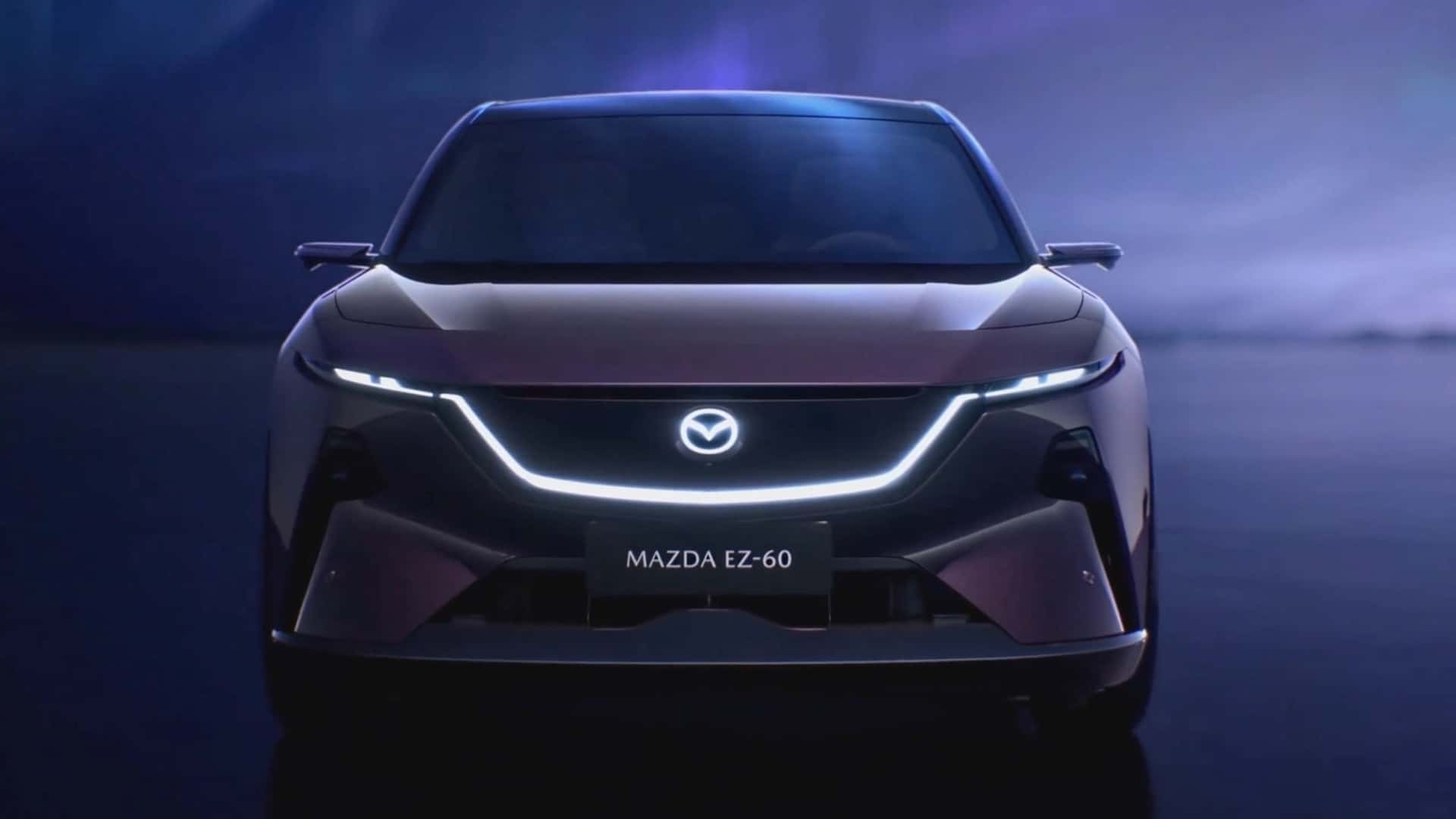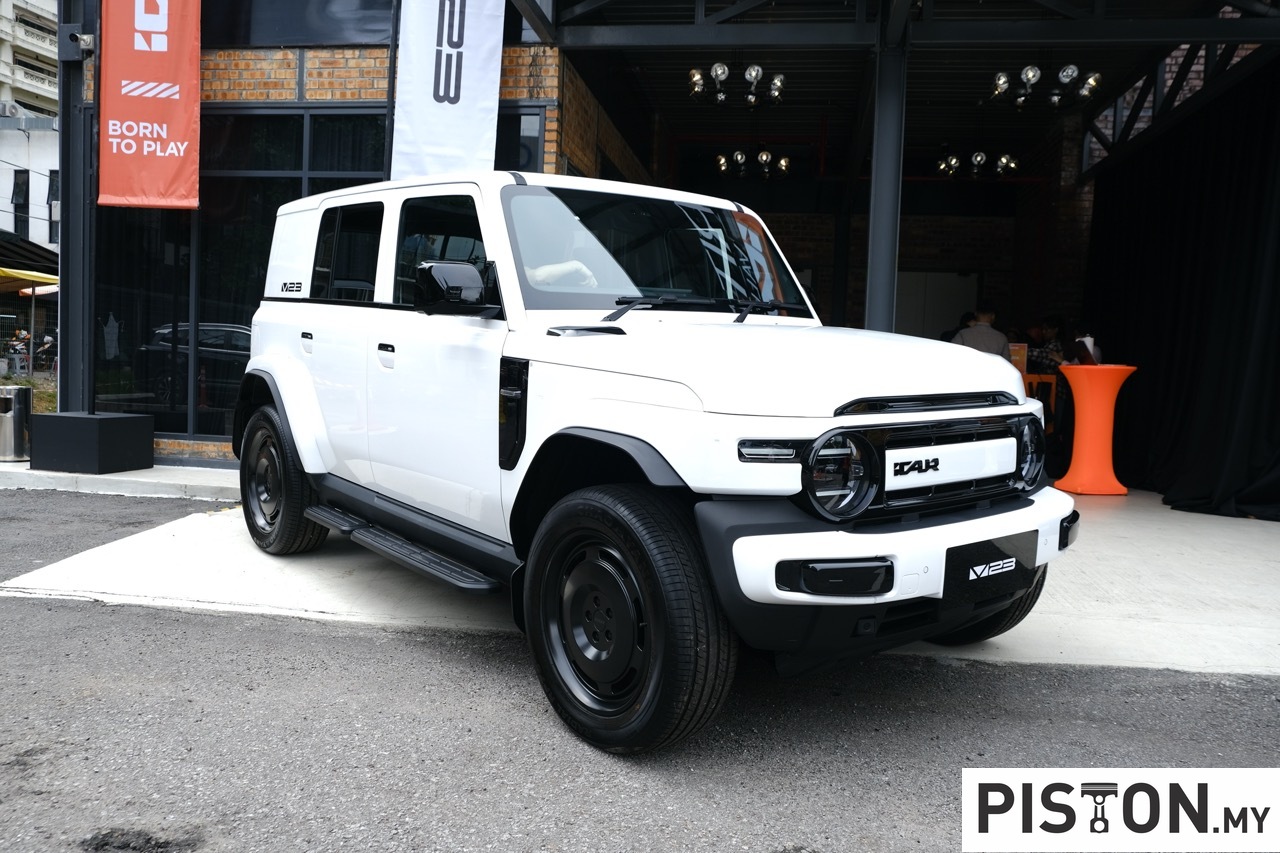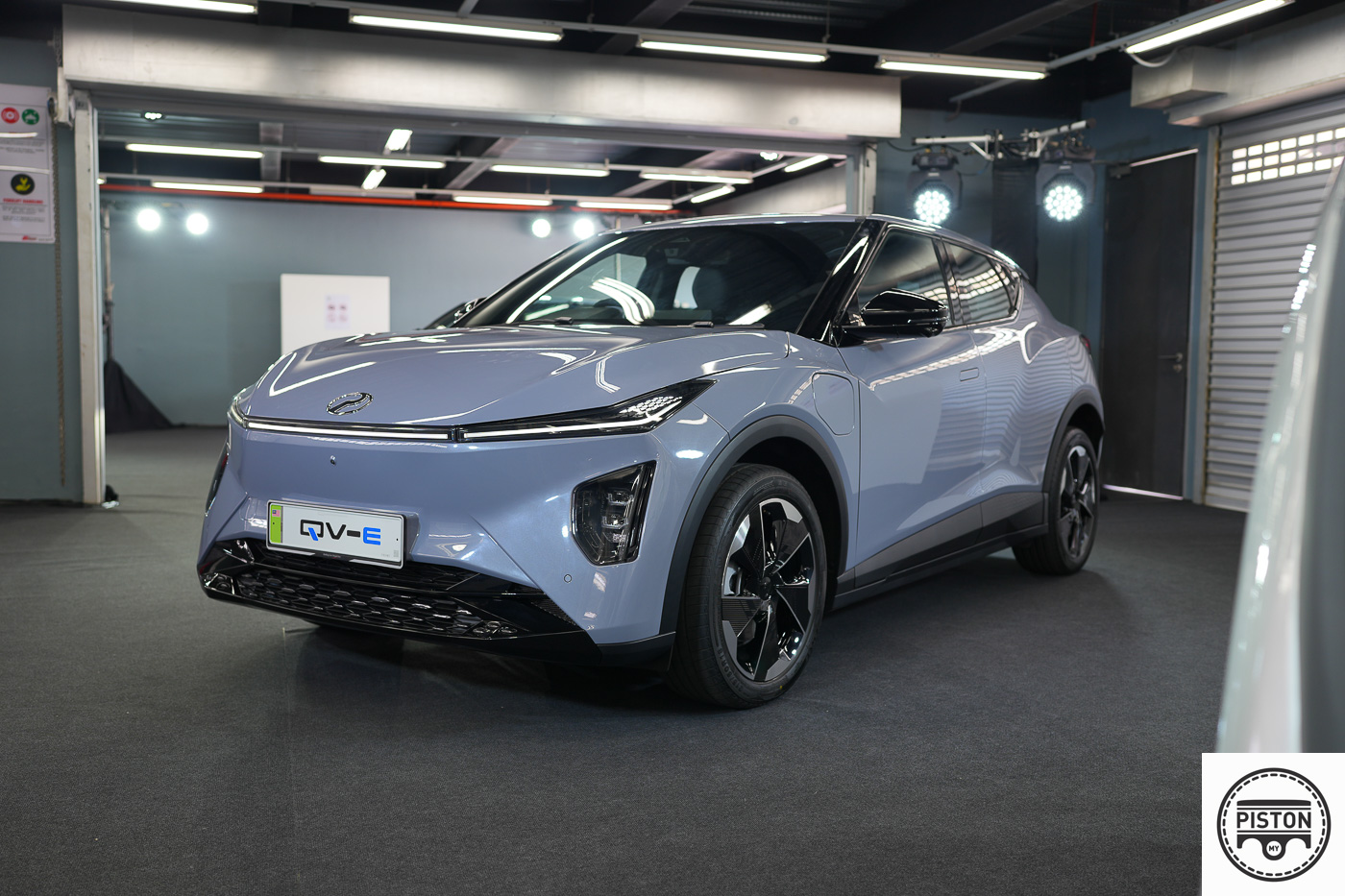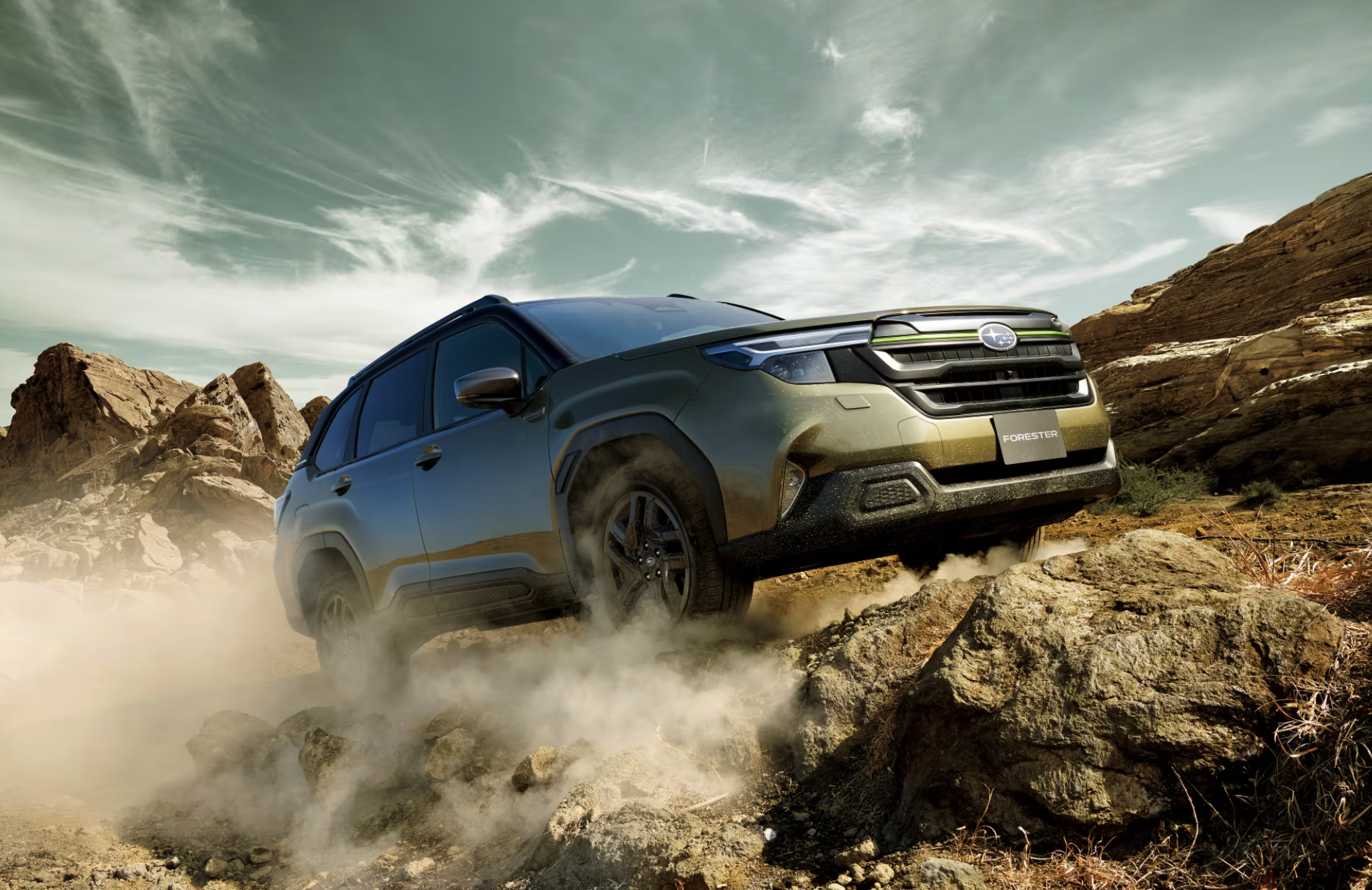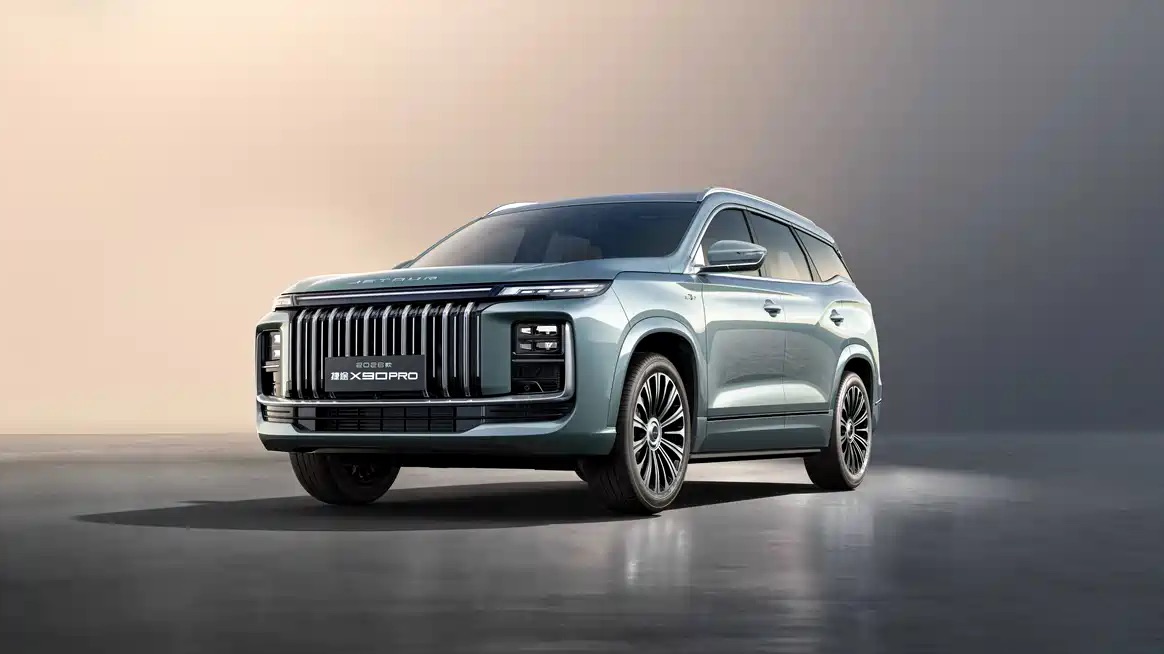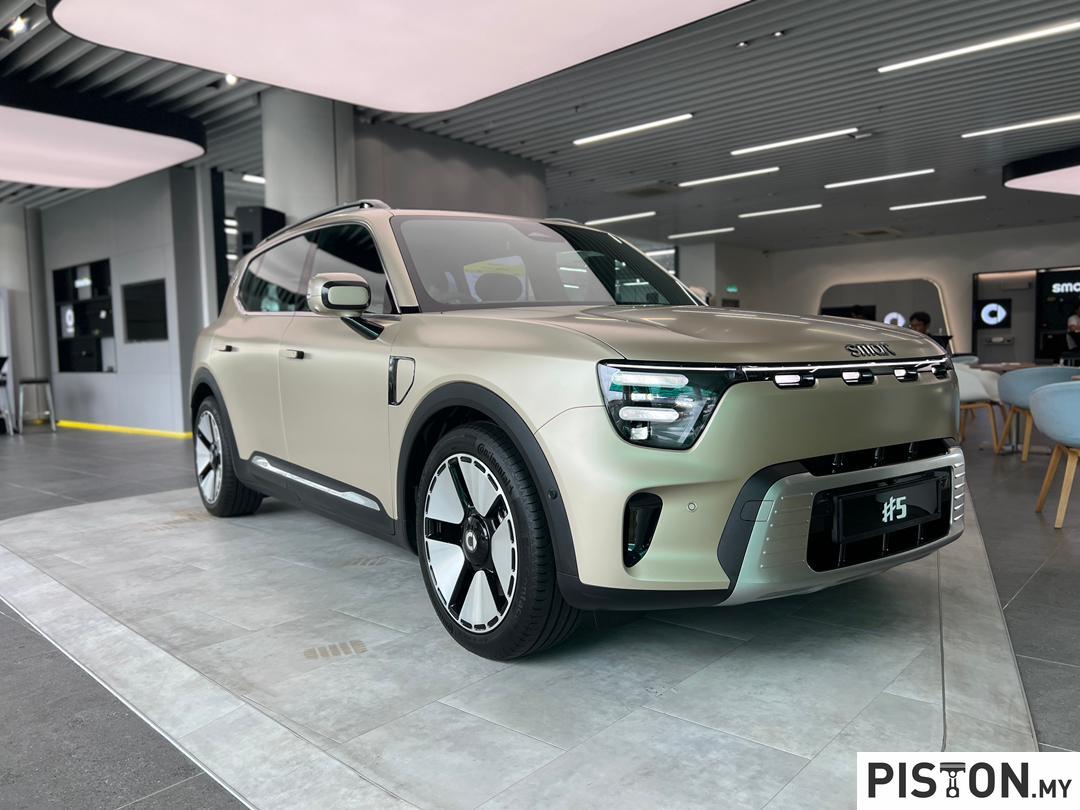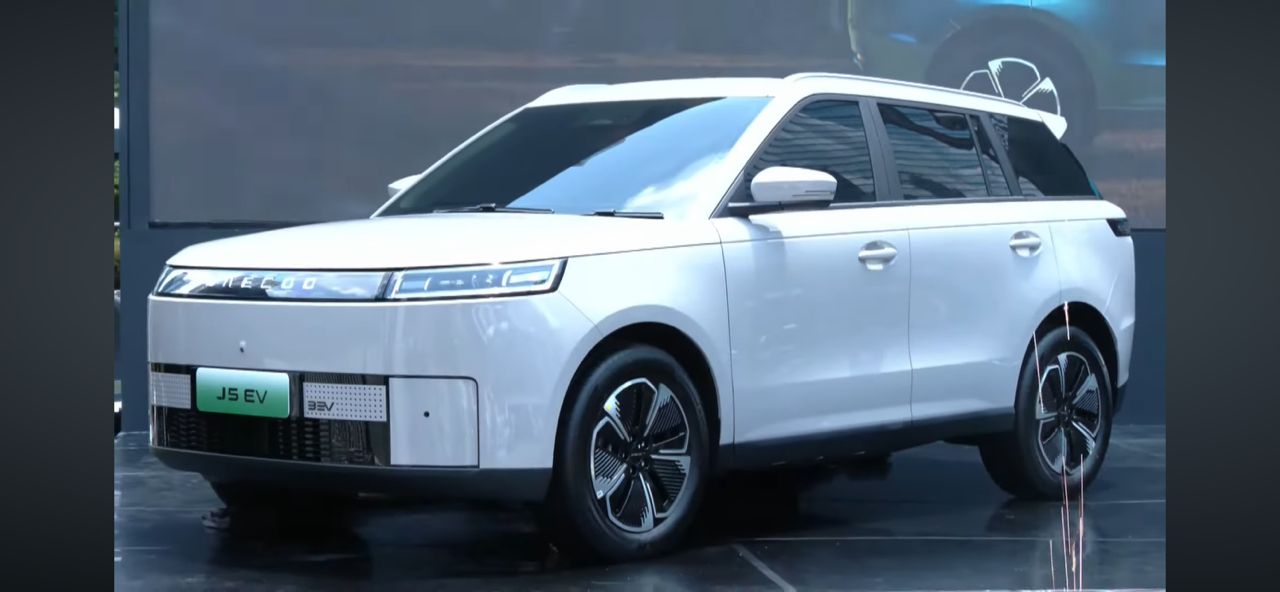In a decisive step toward accelerating its electrification agenda, Mazda Motor Corporation has entered a strategic partnership with Contemporary Amperex Technology Co., Ltd. (CATL), the global leader in electric vehicle battery manufacturing. The collaboration, conducted through Mazda’s Chinese joint venture with Changan Automobile, Changan Mazda, will centre around the adoption of CATL’s state-of-the-art CIIC (Cell to Chassis Integrated Intelligent Chassis) platform.
Unveiled in December last year, CATL’s CIIC platform offers a revolutionary skateboard-style vehicle architecture. It employs a decoupled structure that separates the vehicle’s upper and lower bodies, allowing for modular sub-systems and standardised connection interfaces. This setup facilitates enhanced flexibility in both hardware and software integration, enabling automakers to streamline vehicle development while rapidly adapting to shifting market demands.
By merging CATL’s advanced chassis technology with Changan Mazda’s established automotive production capabilities, the joint venture aims to significantly reduce development lead times and introduce new energy vehicles (NEVs) that respond swiftly to evolving consumer and regulatory expectations.
Both companies plan to extend their cooperation to encompass the joint development of next-generation NEV technologies. The overarching goal is to produce electric vehicles that meet high standards for safety, performance, and durability, suitable for both domestic Chinese and international markets.
The alliance between Mazda and CATL is indicative of a wider industry trend, in which automakers and battery manufacturers are consolidating resources and expertise to meet the rising demand for electrified transport and the regulatory pressures that accompany it.
Mazda’s intensified focus on China as a central pillar of its electrification roadmap is evident. The company’s recent initiatives include the unveiling of the EZ-60 electric SUV at the 2025 Shanghai Auto Show, attended by Mazda President Masahiro Moro, and the earlier introduction of the 6e electric sedan in Nanjing. These product launches signal Mazda’s intent to deepen its footprint in the world’s largest EV market.
To support these ambitions, Mazda has committed to a substantial investment of 10 billion yuan (approximately USD 1.37 billion). The investment aims to double the company’s production capacity and increase annual sales in China to 300,000 units by 2027. Of this figure, 90 per cent is projected to comprise electric or hybrid vehicles. Its Nanjing facility will serve as the central hub for research and development, manufacturing, and export operations.
Mazda also intends to expand its EV line-up with two additional electric models slated for launch in China by 2027. The partnership with CATL is expected to play a critical role in achieving these goals and ensuring Mazda remains competitive in an increasingly electrified global automotive landscape.




